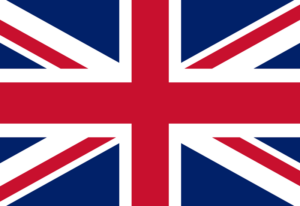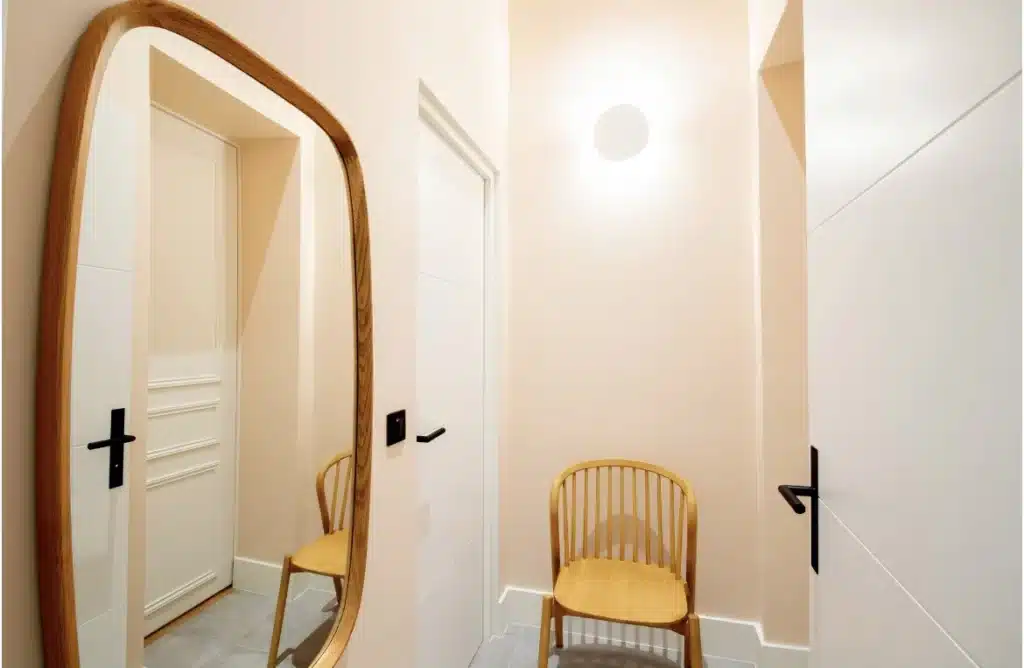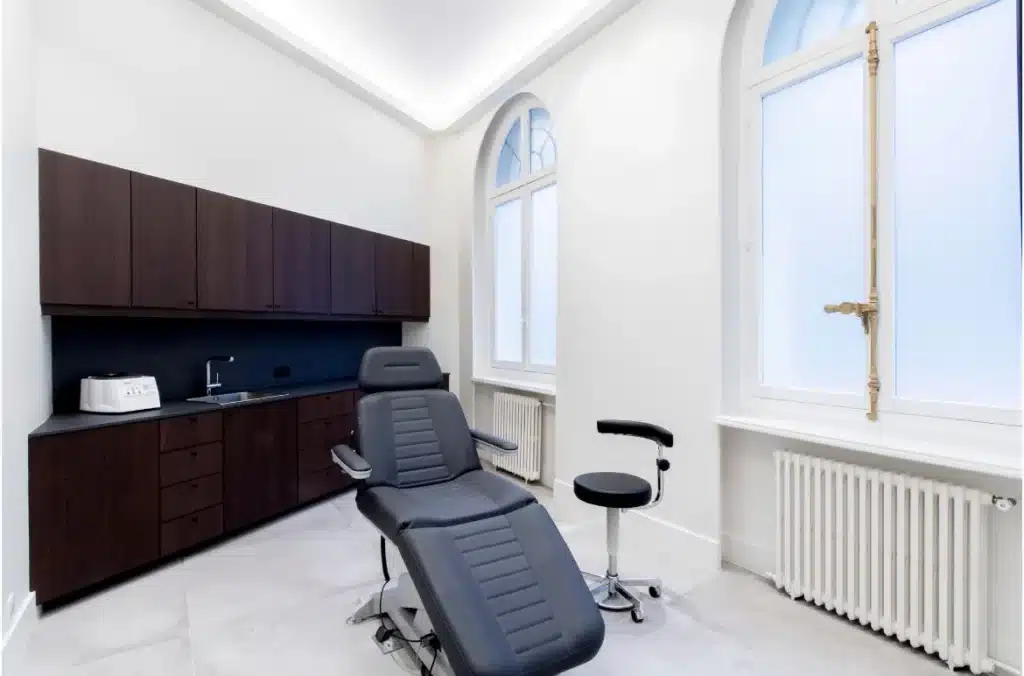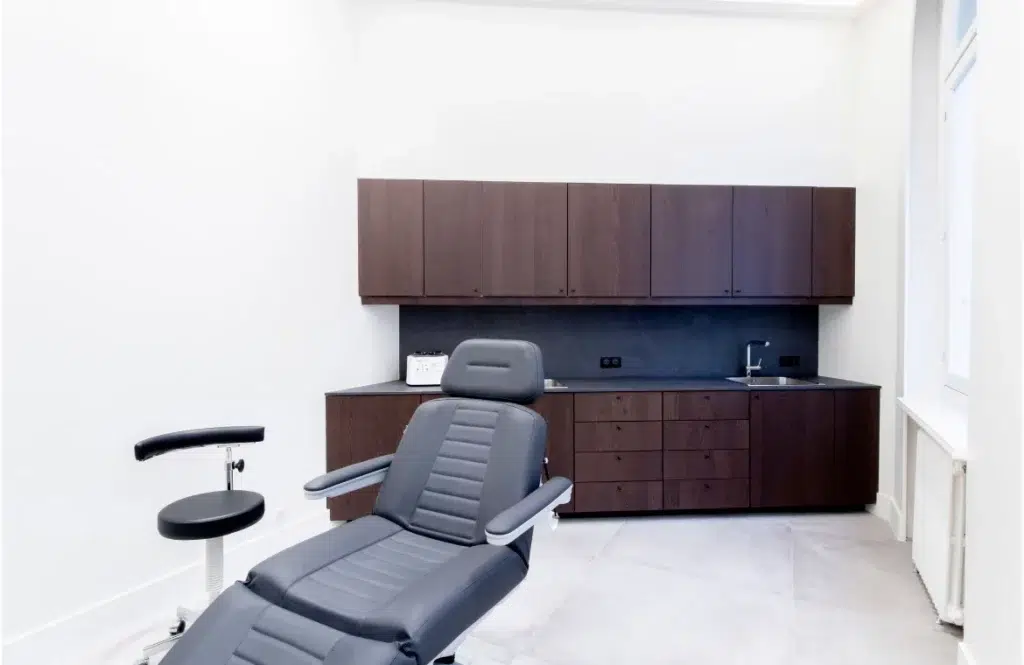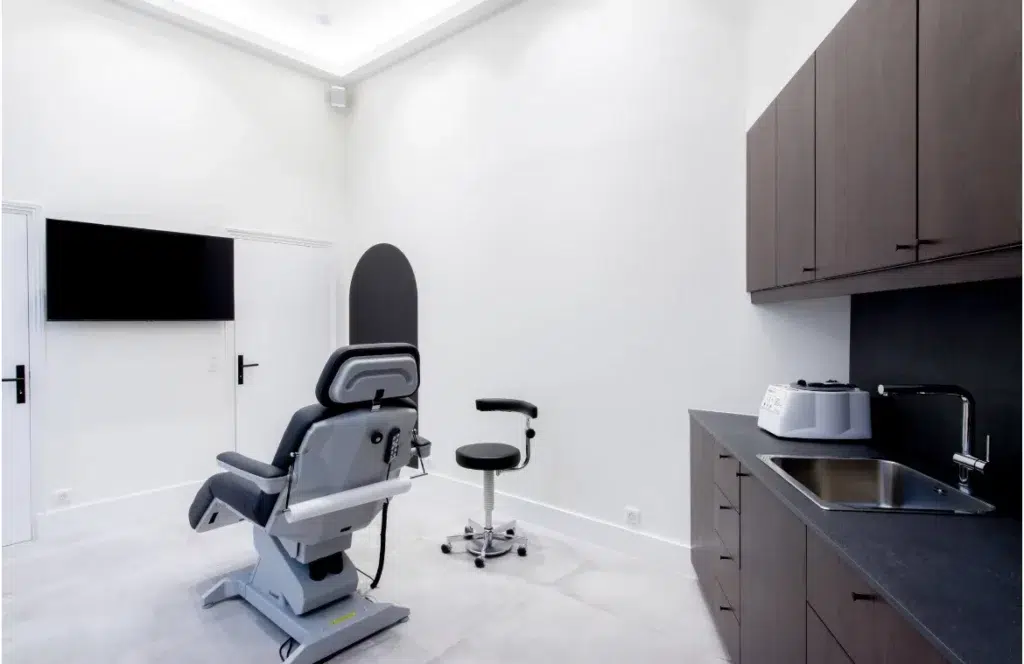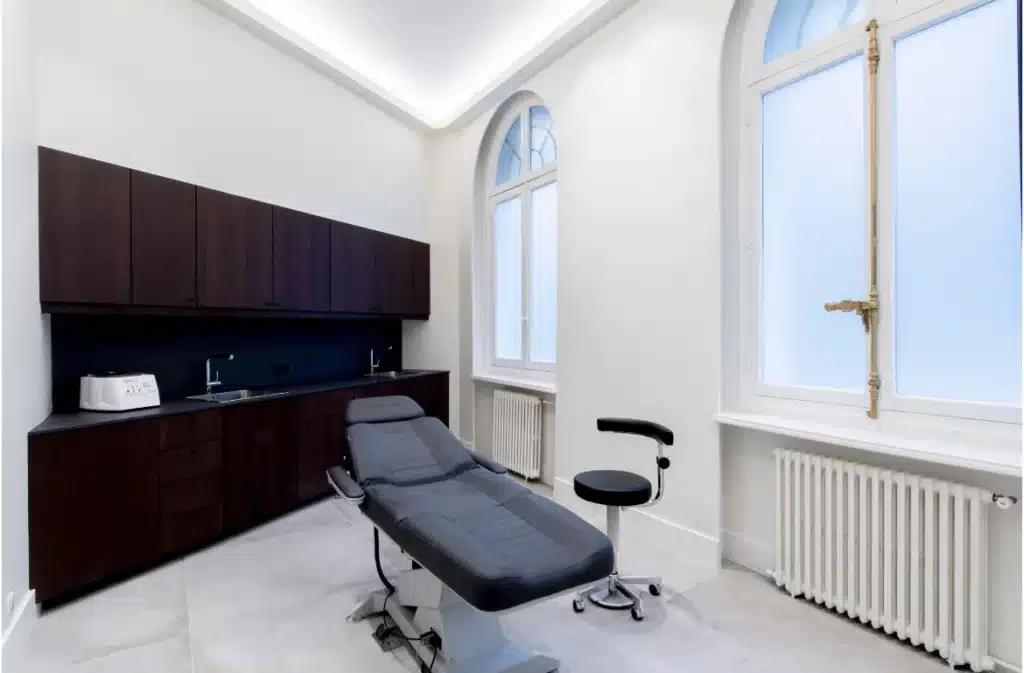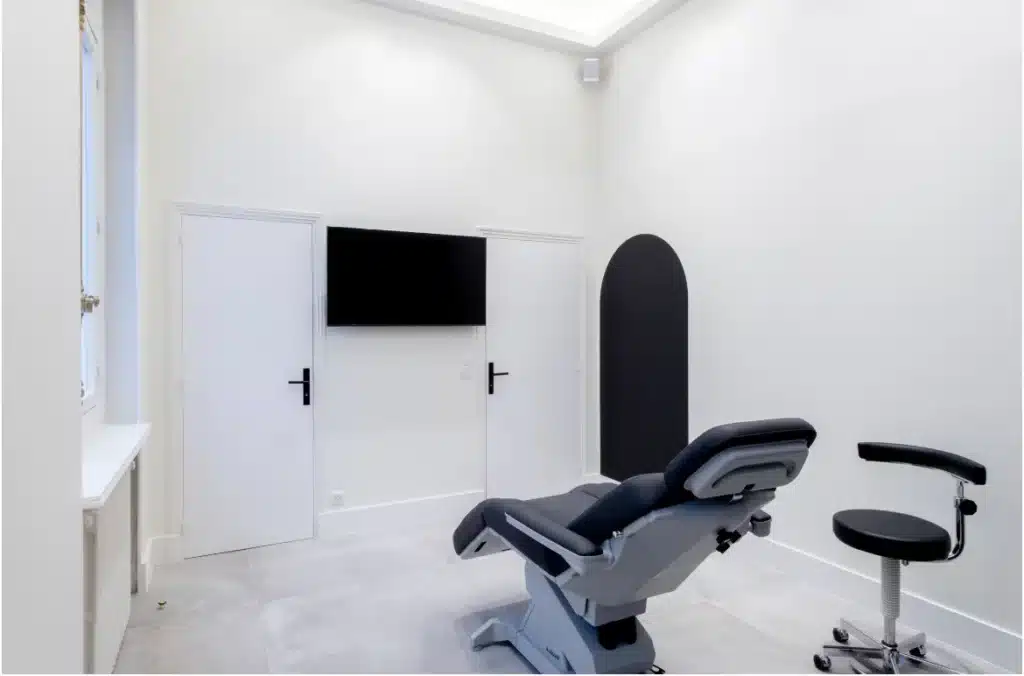Eyebrow Transplant Paris
Brow grafting improves the shape and density of your eyebrows by transferring hair follicles usually from the back of your scalp to the eyebrows.
For people with thin or missing eyebrows due to a medical condition or excessive hair removal, an eyebrow transplant is a permanent, natural-looking solution.
This information sheet was written by Dr. Ralph ABBOU, a plastic surgeon specializing in facial aesthetic surgery.
Dr. ABBOU and Dr. PESSIS are two cosmetic surgeons in Paris who regularly perform baldness treatments and beard transplants on men.
Before and after eyebrow transplant photos in Paris
What are the objectives of the eyebrow transplant?
- Restore the density and natural shape of the eyebrows
- Cover a scar on the eyebrows or correct an asymmetry.
- It is a permanent solution
How is the eyebrow transplant performed?
The procedure takes three to four hours. You will be given an oral sedative and local anesthetic to the eyebrow area and the donor site so that the procedure is not painful.
There is only one technique for implanting hair follicles into the eyebrow, but there are two techniques for harvesting donor hair: follicular unit extraction (FUE) and follicular unit transplantation (FUT ). The main difference between these two methods is how the hair is harvested and how the donor site at the back of the head is prepared.
The FUE procedure involves removing follicular units from the hair one by one, usually from the back of the head. You will need to shave the hair in the donor area so that each hair can fit into the small (0.8 mm to 1 mm) cylindrical punch used to extract them. FUE incisions are circular and are well concealed, even with a short haircut.
With FUT, the surgeon makes a horizontal incision to remove a strip of hair from the back of your scalp. This incision is sewn up, and you are left with a thin scar that is usually hidden by the hair. If you shave the back of your head after the procedure, you will see a linear scar. Individual follicular units are then carefully removed from the strip (under a microscope, for accuracy) for transplantation.
An eyebrow hair transplant usually involves the placement of anywhere from 50 to over 350 hairs per eyebrow. The exact number depends on the amount of existing hair and how you want your new eyebrows to look.
Each hair is transplanted individually through a tiny, angled incision in the right direction to mimic your natural eyebrow hairs.
Price of eyebrow transplant in Paris
| Surgical intervention | Price |
|---|---|
| Eyebrow transplant | From 2000 € |
FAQ: everything you need to know about eyebrow transplants
Questions & Answers
How long does it take to recover from an eyebrow transplant?
You should be able to return to work one to two days after the procedure.
Your scalp will be tender for a few days after the procedure, and your surgeon may ask you to wear a bandage during this time. You may also take prescription pain relievers and anti-inflammatory drugs to relieve postoperative tenderness and swelling. Follow your doctor’s specific instructions.
Bruising is common and may take a week or more to resolve. Your eyebrows will crust over, but resist the urge to scratch them. The scabs will loosen and fall off on their own in 7 to 10 days.
How long does it take to see the results of an eyebrow transplant?
Most patients see some hair growth from the transplanted hair follicles about three months after surgery.
Patience is a virtue in this type of plastic surgery, as hair does not grow as quickly as people think.
It is common during the first month after any hair transplant surgery for the transplanted hair to fall out. This can be worrisome for patients, but it is normal and temporary.
After six months, your eyebrows should be evenly filled with hair.
Final results are usually visible about a year after surgery.
How long does an eyebrow transplant take?
Eyebrow transplantation is considered a very safe and low risk procedure. Minor side effects include swelling, tenderness, crusting and some itching during healing.
Avez vous aimé cet article ?
Cliquez sur les étoiles pour donner une note
Note moyenne 5 / 5. Nombre de votes : 62
Pas de votes pour le moment, soyez le premier à voter.
CONTENUS DE LA PAGE (Chirurgie et médecine esthétique Paris)
- Eyebrow Transplant Paris

